The crackling hiss of a needle settling into the grooves of a 78 rpm record is a sound that transports listeners back to the golden age of audio. These fragile shellac discs, often decades old, carry not just music but the very texture of history itself. Now, a quiet revolution in AI-powered audio restoration is allowing us to preserve these recordings with unprecedented fidelity – not by erasing their vintage character, but by intelligently separating musical signal from noise while preserving the warm analog essence that makes them special.
Traditional noise reduction techniques have often struggled with the particular challenges posed by 78s. Their wide dynamic range, combined with surface noise that occupies similar frequency bands to the music, makes clean extraction incredibly difficult. Early digital tools tended to either leave too much noise intact or create unnatural "over-processed" results where instruments sounded thin and voices took on a robotic quality. The breakthrough comes from machine learning systems trained on thousands of hours of sample recordings, allowing the AI to understand what constitutes desirable "character noise" versus intrusive artifacts.
What makes this new generation of restoration different is its contextual awareness. Rather than applying blanket filters, neural networks analyze the spectral content millisecond by millisecond, distinguishing between, say, the natural decay of a violin note and the crackle caused by a scratch in the groove. This preserves the subtle ambient information that gives old recordings their sense of space while removing distractions that obscure the performance. Engineers describe it as "giving the music room to breathe" rather than attempting to create an artificially pristine modern recording.
The preservation of appropriate background noise turns out to be psychologically crucial. Completely "clean" restorations often feel unsettling to listeners – the missing noise floor creates an uncanny valley effect where the recording seems neither authentically vintage nor convincingly modern. By maintaining a gentle bed of surface noise at about -50dB, the AI preserves what audio archivists call "the whisper of history" – that subliminal sense of the recording's age and medium that subconsciously assures listeners they're experiencing something genuine.
Technical challenges remain substantial, particularly with early electrical recordings from the 1920s-30s. These often contain bizarre frequency artifacts from primitive microphones and recording horns that even confuse advanced algorithms. The best restorationists now employ hybrid approaches, using AI for initial processing then making manual adjustments based on deep knowledge of specific labels' recording practices. For example, knowing that a particular studio always rolled off bass frequencies allows the engineer to guide the AI in reconstructing more authentic low-end response.
Perhaps most remarkably, these tools are democratizing audio archaeology. Where professional restoration once required six-figure hardware setups, open-source AI tools now allow dedicated amateurs to rescue forgotten recordings from attics and flea markets. Online communities have formed around comparing techniques for handling specific noise profiles – the distinctive "sizzle" of worn Victor Red Seals versus the lower-frequency rumble of European Parlophone pressings. This crowdsourced knowledge base is accelerating the technology's development in ways corporate labs never anticipated.
The ethical considerations spark lively debate among preservationists. Some argue that any noise reduction constitutes historical revisionism, while others counter that removing technical limitations actually brings us closer to the original artistic intent. The emerging consensus suggests a balanced approach: archiving completely unprocessed transfers for scholarly purposes while creating lightly enhanced versions for general listening. This dual-path preservation ensures future generations can experience these cultural artifacts both as they were heard originally and as they might have sounded with ideal recording conditions.
As the technology matures, we're discovering unexpected benefits. The same algorithms capable of rescuing Enrico Caruso's voice from shellac are now helping forensic audio experts clarify courtroom evidence and assisting marine biologists in isolating whale songs from oceanic background noise. The fundamental breakthrough – teaching machines to understand what humans perceive as meaningful sound amidst chaos – proves universally valuable across fields far beyond music preservation.
For collectors and historians, the emotional impact is profound. Hearing a Bessie Smith blues vocal or a long-lost jazz improvisation emerge from the noise with newfound clarity feels like "wiping centuries of dust from a stained glass window," as one archivist poetically described it. These recordings carry voices from eras when recording was miraculous – moments of artistic vulnerability frozen in shellac. By honoring both their imperfections and their brilliance, AI restoration becomes not just technical process, but an act of cultural resurrection.
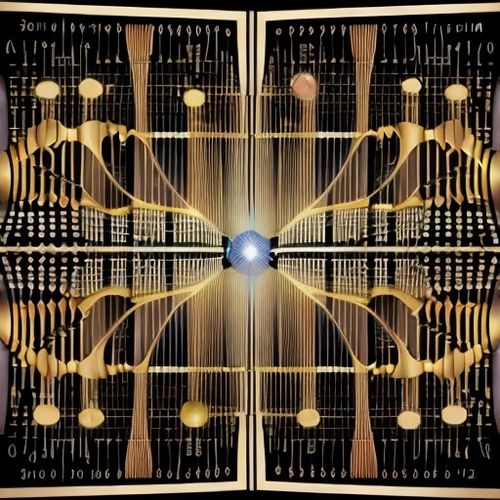
By William Miller/Apr 14, 2025
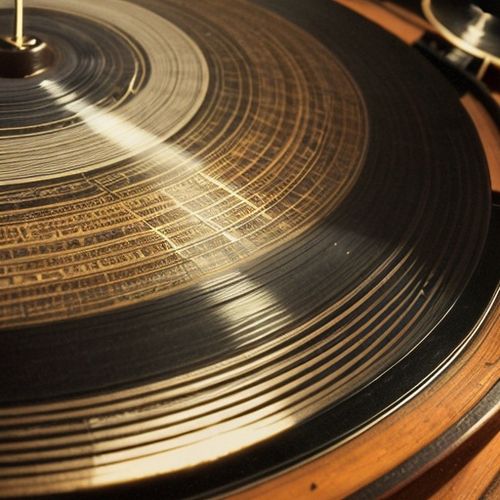
By George Bailey/Apr 14, 2025
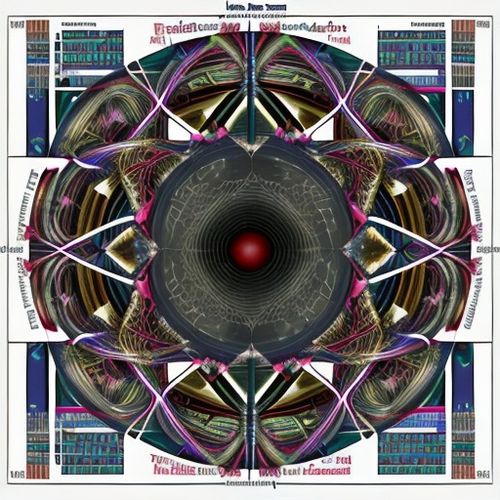
By Noah Bell/Apr 14, 2025

By Victoria Gonzalez/Apr 14, 2025

By Michael Brown/Apr 14, 2025

By Sophia Lewis/Apr 14, 2025

By Sarah Davis/Apr 14, 2025

By Thomas Roberts/Apr 14, 2025

By Sophia Lewis/Apr 14, 2025

By William Miller/Apr 14, 2025
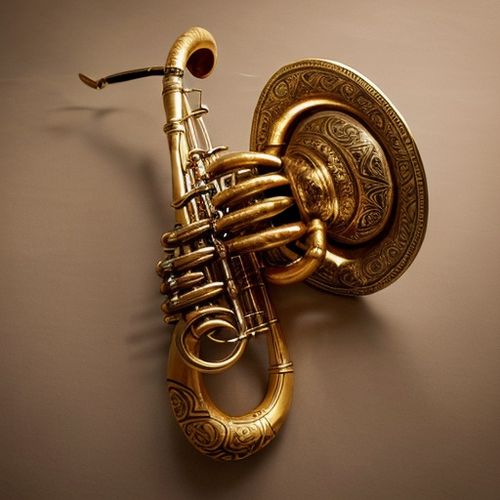
By Benjamin Evans/Apr 14, 2025

By Victoria Gonzalez/Apr 14, 2025

By Joshua Howard/Apr 14, 2025
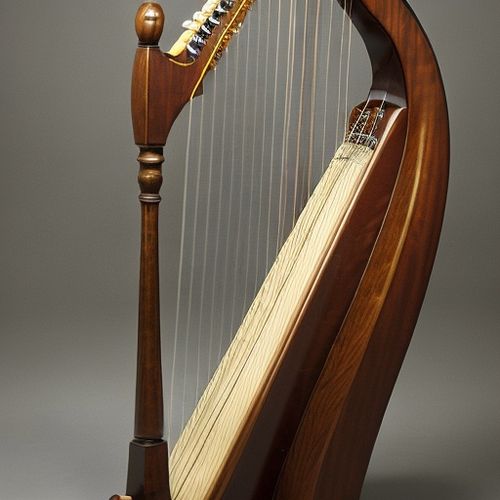
By Lily Simpson/Apr 14, 2025

By Natalie Campbell/Apr 14, 2025
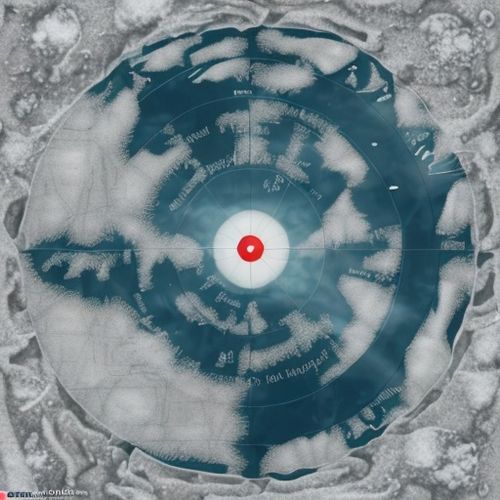
By Daniel Scott/Apr 14, 2025

By Joshua Howard/Apr 14, 2025
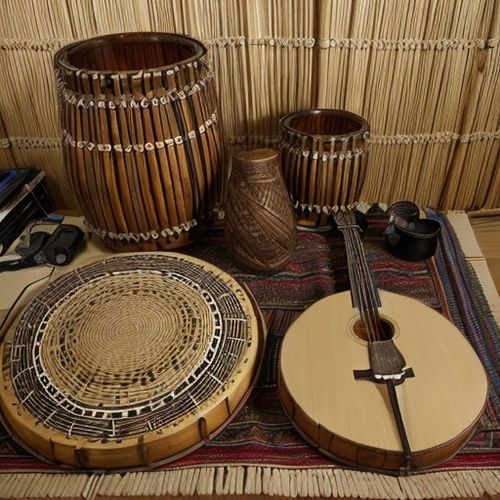
By George Bailey/Apr 14, 2025

By Noah Bell/Apr 14, 2025

By Rebecca Stewart/Apr 14, 2025